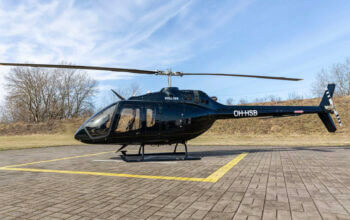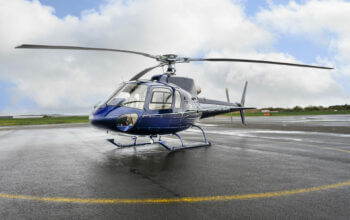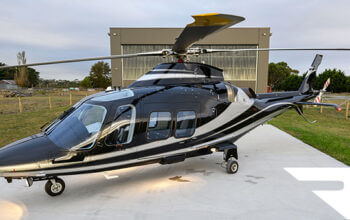Estimated reading time 3 minutes, 45 seconds.
The Federal Aviation Administration’s (FAA) new comprehensive regulations go into effect today (Aug. 29) for routine non-recreational use of small unmanned aircraft systems (UAS)—more popularly known as drones.
The provisions of the new rule—formally known as Part 107—are designed to minimize risks to other aircraft and people and property on the ground. A summary is available here.
The FAA has put several processes in place to help operators take advantage of the rule.
Waivers: If an operator’s proposed operation doesn’t quite comply with Part 107 regulations, they will need to apply for a waiver of some restrictions. Users will also have to prove the proposed flight will be conducted safely under a waiver. Users must apply for these waivers at the online portal.
Airspace authorization: Operators can fly their drone in Class G (uncontrolled) airspace without air traffic control authorization, but operations in any other airspace need air traffic approval. Users must request access to controlled airspace via the electronic portal at www.faa.gov/UAS, not from individual air traffic facilities.
Requests may be submitted starting Aug. 29, but air traffic facilities will receive approved authorizations according to the following tentative schedule:
Class D & E Surface Area October 3, 2016
Class C October 31, 2016
Class B December 5, 2016
The FAA will try to approve requests as soon as possible, but the actual time will vary depending on the complexity of an individual request and the volume of applications they receive. Users should submit a request at least 90 days before they intend to fly in controlled airspace.
Aeronautical knowledge test: Testing centres nationwide can now administer the aeronautical knowledge test required under Part 107. After an operator has passed the test, they must complete an FAA Airman Certificate and/or Rating Application to receive their remote pilot certificate here.
It may take up to 48 hours for the website to record that a user has passed the test. The FAA expects to validate applications within 10 days. Operators will then receive instructions for printing a temporary airman certificate, which is good for 120 days. The FAA will mail a permanent Remote Pilot Certificate within 120 days.
The new regulations don’t apply to model aircraft operations that meet all the criteria specified in Section 336 of Public Law 112-95 (which is now codified in part 101), including the stipulation they be operated only for hobby or recreational purposes.
Notice a spelling mistake or typo?
Click on the button below to send an email to our team and we will get to it as soon as possible.
Report an error or typoHave a story idea you would like to suggest?
Click on the button below to send an email to our team and we will get to it as soon as possible.
Suggest a story







